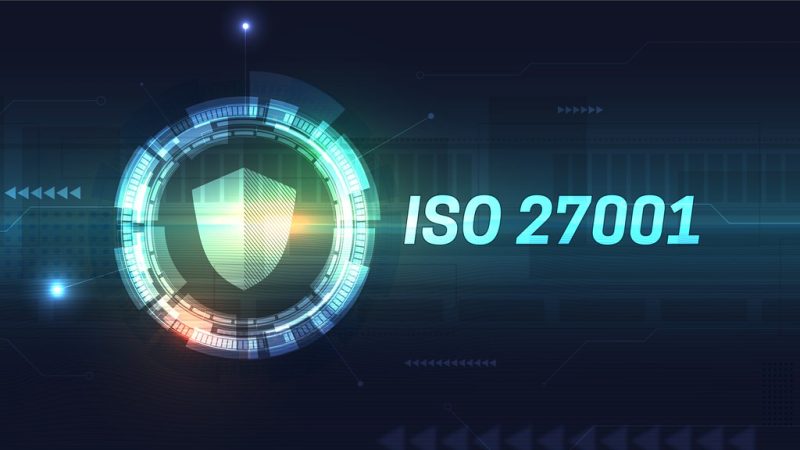
- ISO 27001 Key Performance Indicators (KPIs) are essential metrics for evaluating the effectiveness and continuous improvement of an organization’s Information Security Management System (ISMS).
- Well-chosen ISO 27001 KPIs align with business objectives, assess risks, monitor controls, and guide decision-making for improved information security practices.
- Common pitfalls in tracking ISO 27001 KPIs include measuring too many metrics, ignoring context, and failing to adapt KPIs over time, which can hinder the effectiveness of ISMS improvements. Using an ISO checklist like Conformance1’s 27001 checklist can reduce these problems.
ISO 27001 certification provides organizations with a framework for establishing, implementing, and continually improving their Information Security Management System (ISMS). ISO 27001 Key Performance Indicators (KPIs) are crucial to measuring the effectiveness of an ISMS. These metrics provide insights into whether security objectives are being met and whether the system requires adjustments. KPIs are tools for compliance and essential for justifying executive decisions and demonstrating an organization’s commitment to information security to employees and external stakeholders.
The benefits of ISO 27001 KPIs extend beyond tracking progress; they enable organizations to align information security with business goals, identify risks, and take corrective actions. Common examples of KPIs include:
- Tracking the number of critical vulnerabilities addressed within 30 days
- Assessing the percentage of employees trained in security protocols
- Monitoring the number of recurring security audits completed on time. .
Selecting meaningful KPIs ensures that organizations focus on actionable metrics that drive continuous improvement rather than being overwhelmed by irrelevant data
Effective KPIs share several characteristics: they should be business-relevant, integrated into existing processes, assertive in identifying risks, and regularly reviewed and adjusted to reflect evolving security landscapes. However, common pitfalls, such as tracking too many metrics, neglecting the organizational context, and setting unrealistic goals, can undermine the effectiveness of KPI tracking. Organizations must foster cross-departmental collaboration and ensure stakeholder involvement to avoid these issues and enhance the ISMS’s performance.
Automation plays a critical role in simplifying the ISO 27001 compliance process by streamlining evidence collection, monitoring controls, and reducing human error. Automated compliance solutions help organizations maintain their KPIs effectively, ensuring continuous monitoring and data-driven decision-making. Using an ISO checklist like Conformance1’s 27001 checklist can help toward automation and simplifying compliance.


Leave a Reply
You must be logged in to post a comment.